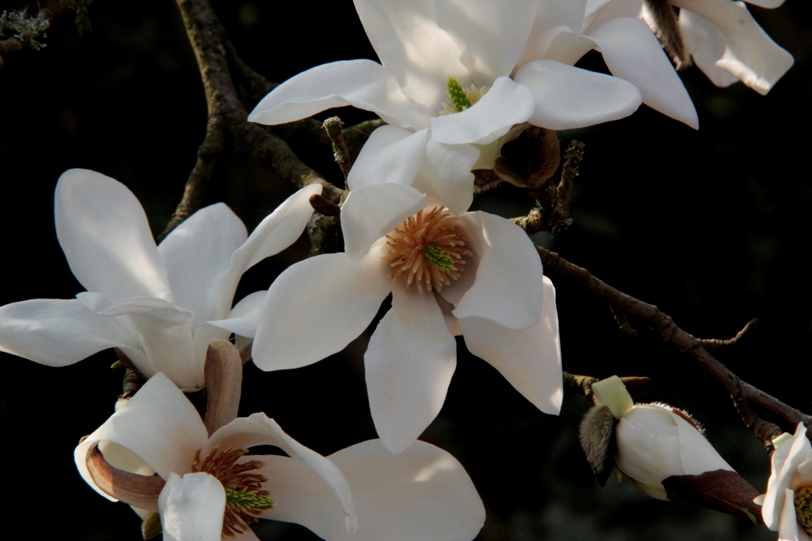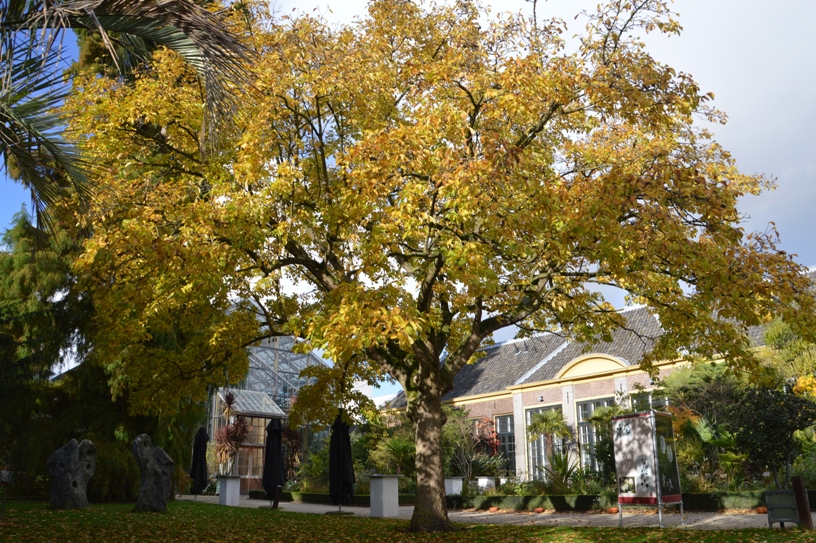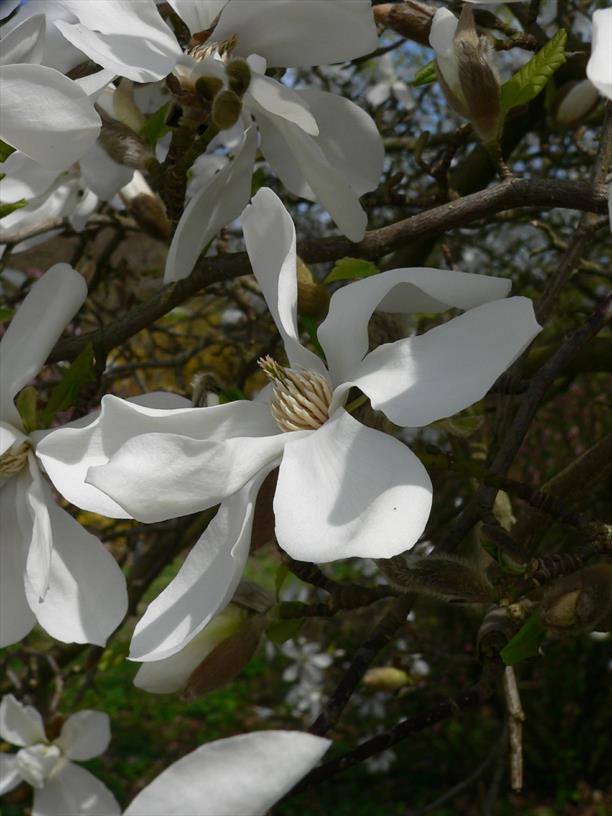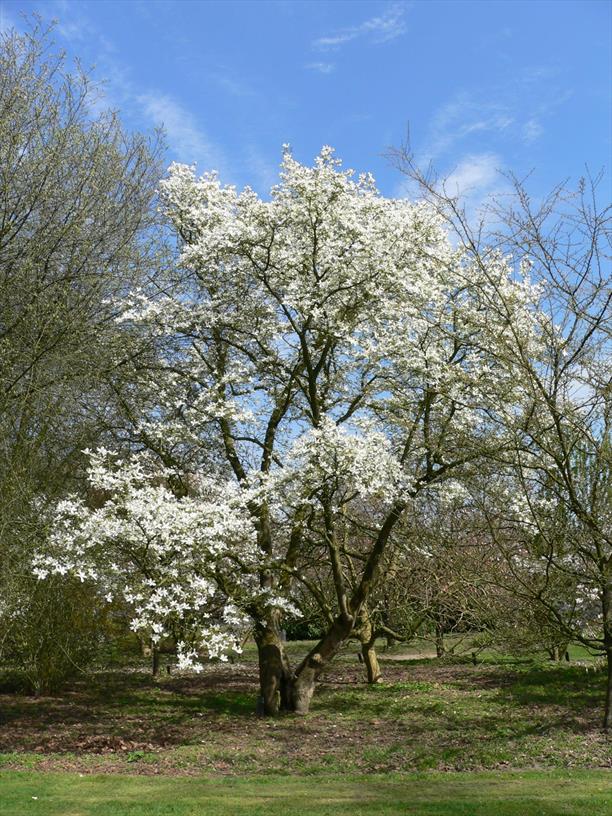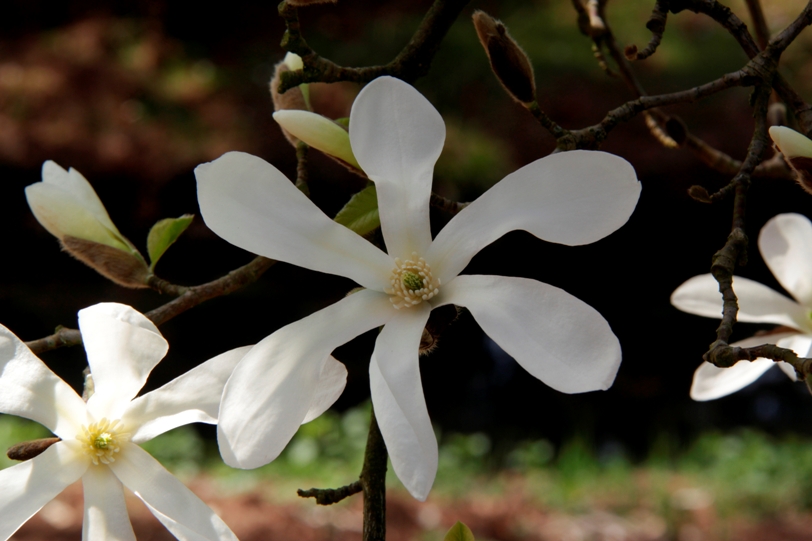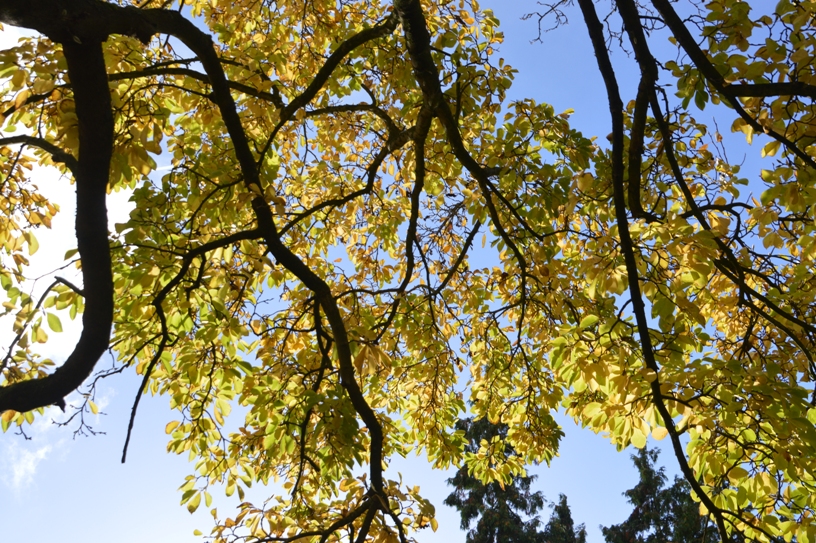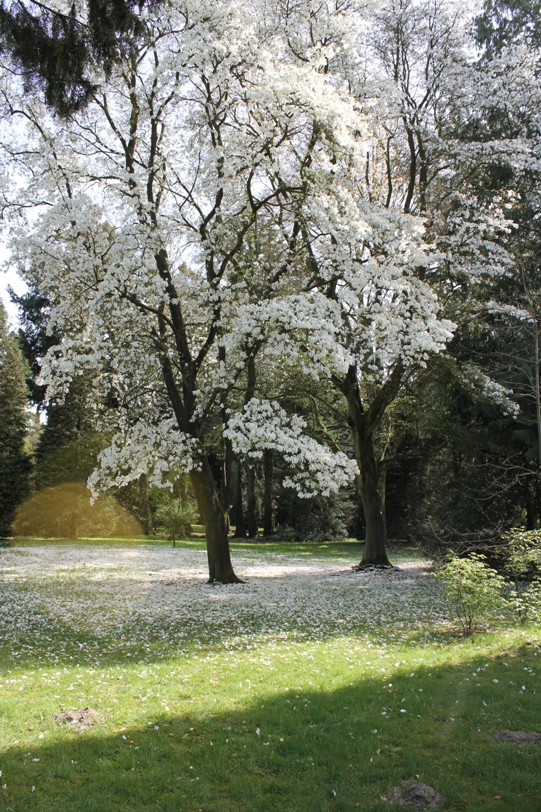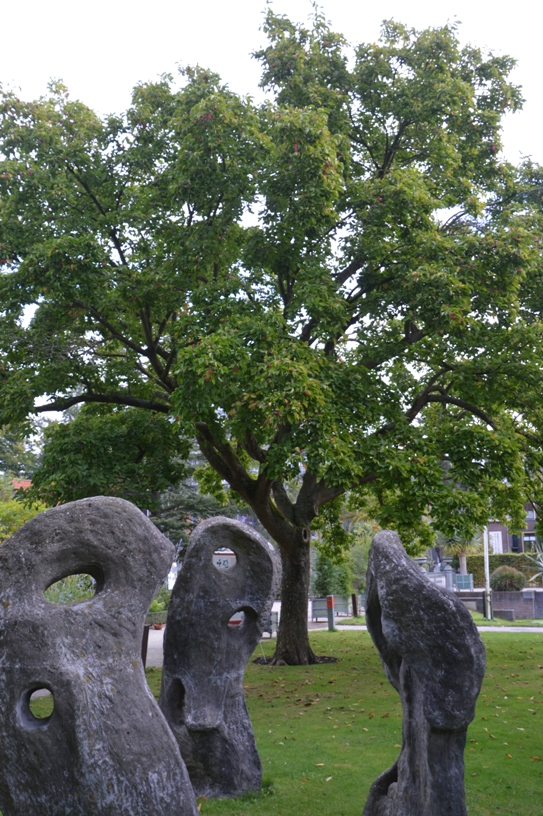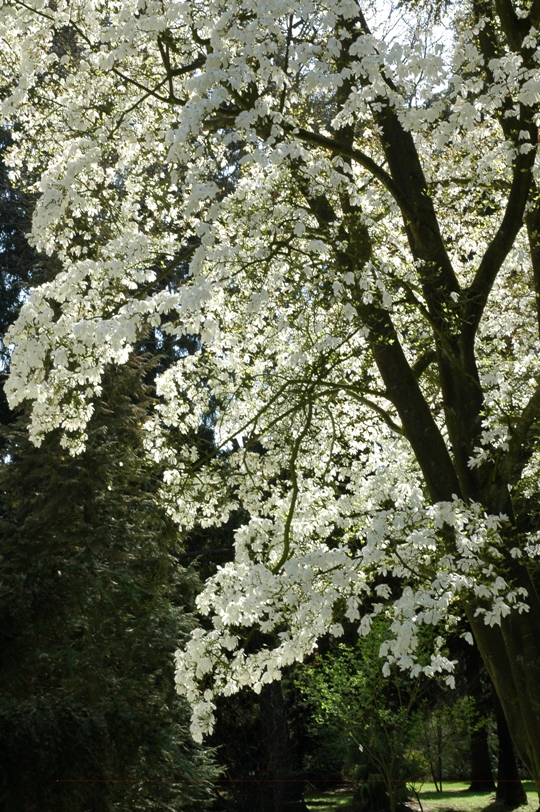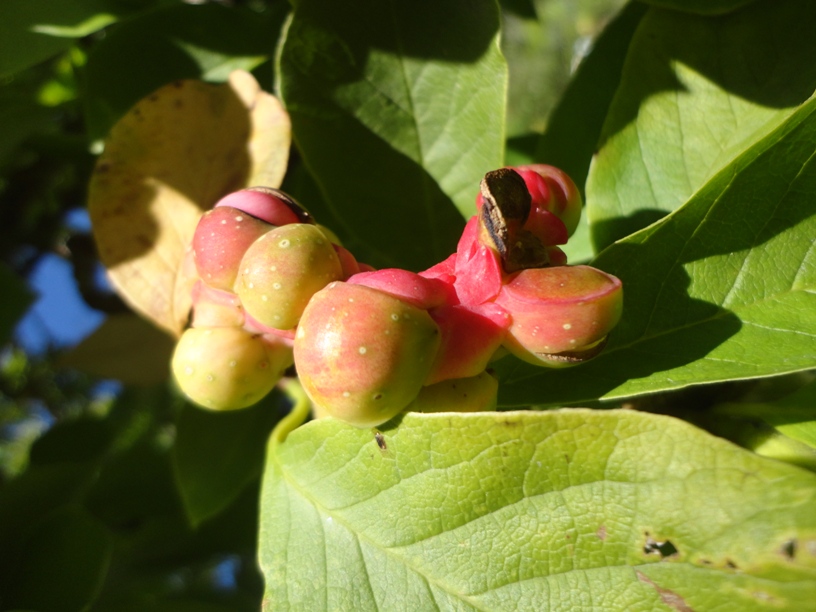Northern Japanese-magnolia
Magnolia kobus
Magnolia family (Magnoliaceae)
Beautiful flowers in the spring
Magnolia kobus is native to Japan and was first introduced into the United States in 1865. This species, which reaches a maximum height of 10 m, grows quite rapidly into a broad, pyramidal shape. The twigs are bare and emit an aromatic scent when bruised. The leaves appear only after all the flower buds have emerged. The leaf- and flower buds are downy; seeds are bright red.
The kobus magnolia belongs to the magnolia group that bears the smallest of the magnolia flowers - the white flowers grow to about 10 cm long. The shape of the pink, knobby fruit is noteworthy. In Japan the fruit is said to have the shape of a baby fist and this is where the species name comes from - kobushi in Japanese means fist.
Themes
Crown jewel in the Von Gimborn Arboretum.
Flowers and flower buds can be eaten when cooked. The leaves can be eaten or used to make a tea. Older leaves can be ground and sprinkled on foods as a flavouring.
Flowers fragrant.
Details
| Description: | Tree, up to 10 m. |
|---|---|
| Distributions: | Japan, korea |
| Habitat: | In thickets and deciduous secondary forests, at elevations of up to 1700 m in altitude. |
| Year cycle: | Perennial (polycarpic decidous) |
| Hardiness: | -4 - 5 f (hardy - very cold winter) |
| Flowering period: | April - mei |
| Flower color: | White |
| Fruiting period: | Augustus - september |
| At its best: | April - mei |
